The DS18B20 is a simple and inexpensive temperature sensor. The sensor operates by an OneWire system, which needs, besides the connections for ground and the supply voltage, only one wire to read the temperature values. By this bus system, it is possible to run multiple sensors which is also described in this tutorial.
Category Archives: Breadboard circuits
Digital spirit level: ADXL345, TFT Display (HY-1.8 SPI) and an Arduino
Today we build a spirit level with the help of the acceleration sensor ADXL345, an Arduino, a TFT-Display (HY-1.8 SPI) und some other parts.
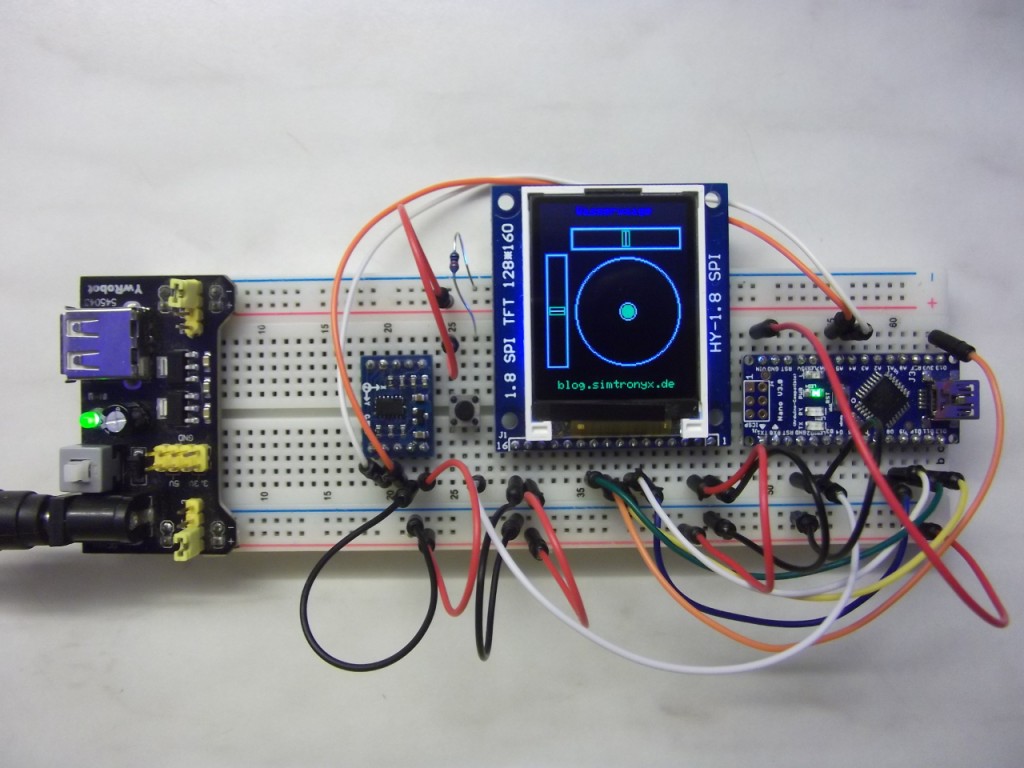
Digital spirit level: ADXL345, TFT (HY-1.8 SPI) and an Arduino
Arduino RGB LED strip control with MOSFETs and optocouplers – Part 1 – The Hardware
Today we tinker us a driver for RGB LED strips using an Arduino. In addition, we use optocouplers to separtae our Arduino from the control unit with the 3 MOSFETs, which is not absolutely essential, but brings some advantages to the circuit.

Arduino RGB LED strip control with MOSFETs and optocouplers
A TLC5940, 5 RGB-LEDs and an Arduino
The TLC5940 is a LED driver IC, which we use today to drive 5 RGB LEDs with common anode. The advantage of this circuit is that it provides a constant adjustable output current for the LEDs and only requires minimal wiring.
An image slideshow with an Arduino and a tft display with a sd card module
In this tutorial we use our Arduino to show an image slideshow on a 1.8 inch tft module with SD card support (HY-1.8 SPI). We will change the size and the format of the images and copy them to the SD card. After that the Arduino loads them from the card and shows them on the display.
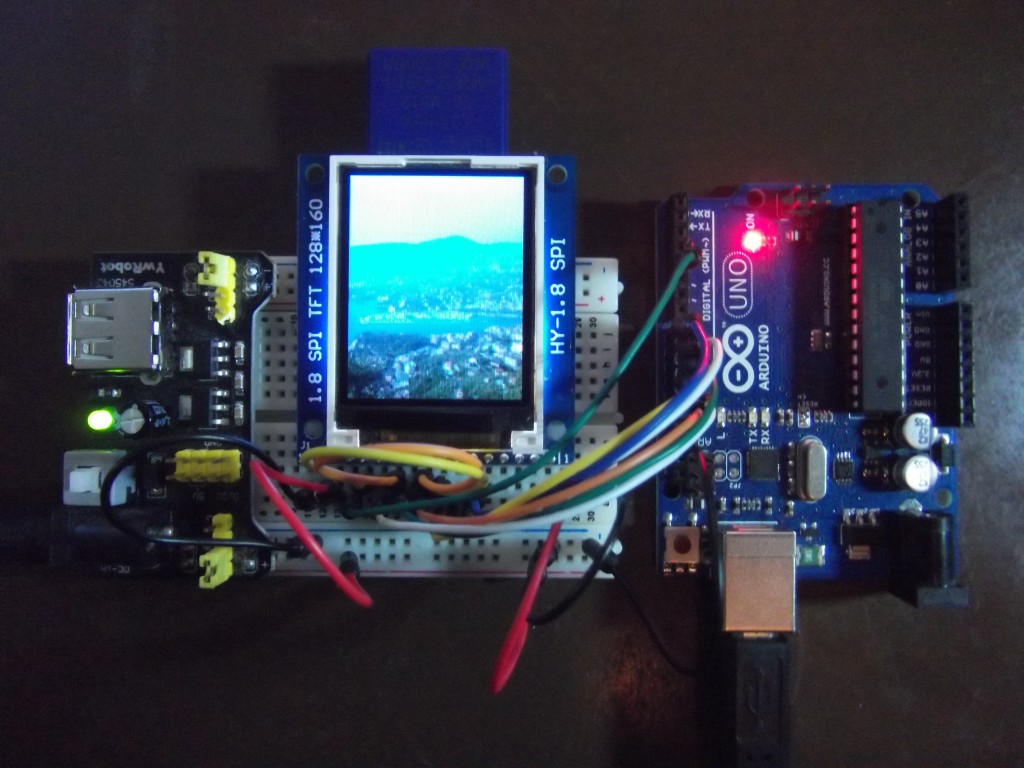
Image slideshow with an Arduino on a 1.8 inch tft display (HY-1.8 SPI)
PIC32-Pinguino-Micro – Getting Started: Blinking LED
The PIC32-Pinguino-Micro – as an alternative to the Arduino on Atmel Mega328 basis – has with the Pinguino-IDE not such a big fan base, but it is worth to look more closely. For example, it has a micro-SD slot, a processor with a 32bit architecture, much more Flash- and data-memory.
Measurement of illuminance with a BH1750FVI Breakout Board (GY-30) and an Arduino Uno
In this simple circuit, we use a small BH1750FVI sensor on a breakout board and an Arduino to measure the illuminance in lux. Besides the application to measure the illumination of objects in the photography, you can – with an extension of this circuit – also easily make an adapted illumination of rooms or gardens. It is also possible to realize an automatic brightness control for displays.
Tiny RTC DS1307 Real-Time-Clock with an additional temperature sensor DS18B20
In the following article we extend the Tiny RTC module with a DS18B20 temperature sensor, which either already exists on the board or we simply add by soldering. This article is an extension of: Time and calendar functions with a real time clock module based on the DS1307 and an Arduino.
Simple FM stereo radio with a TEA5767 breakout module and an Arduino
To be a little entertained when tinkering, we build us today a small FM stereo radio using a slightly older, but extremely inexpensive, TEA5767 breakout board. However, by this time it will be a little more complicated because we need to solder and have to build some adapters.
Time and calendar functions with a real time clock module based on the DS1307 and an Arduino
Since Arduinos have not directly the possibility to save time, we expand our Arduino with a small DS1307 Real-Time-Clock (RTC) board. Which can, battery powered, “remember and count” the time and the date.
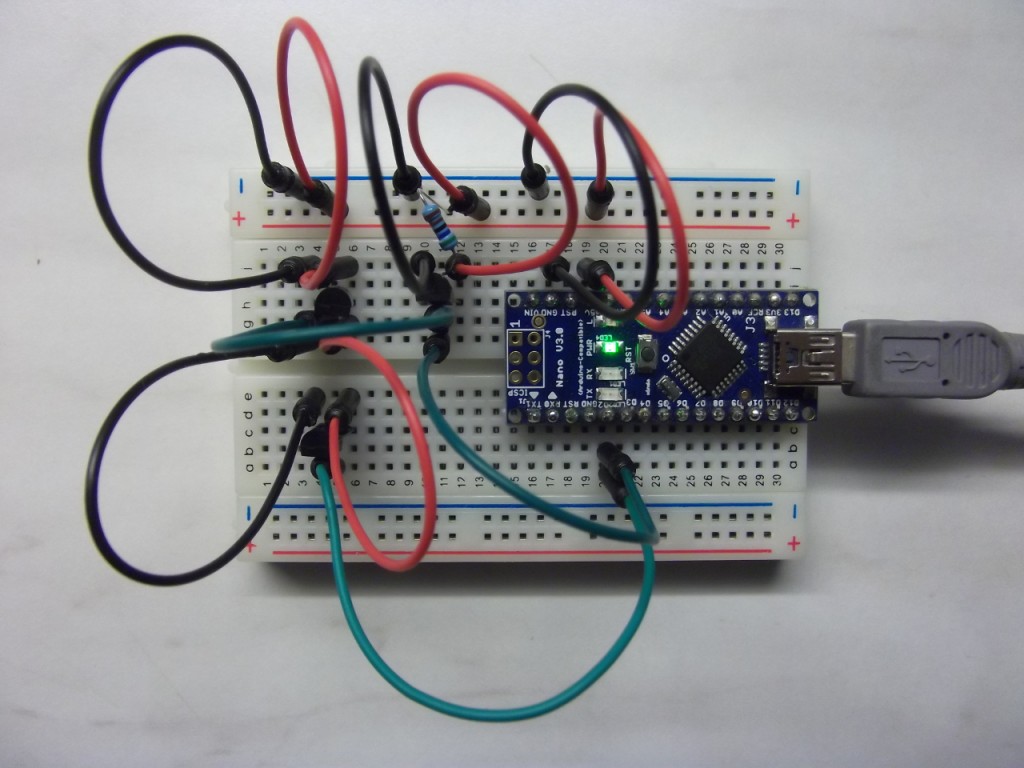
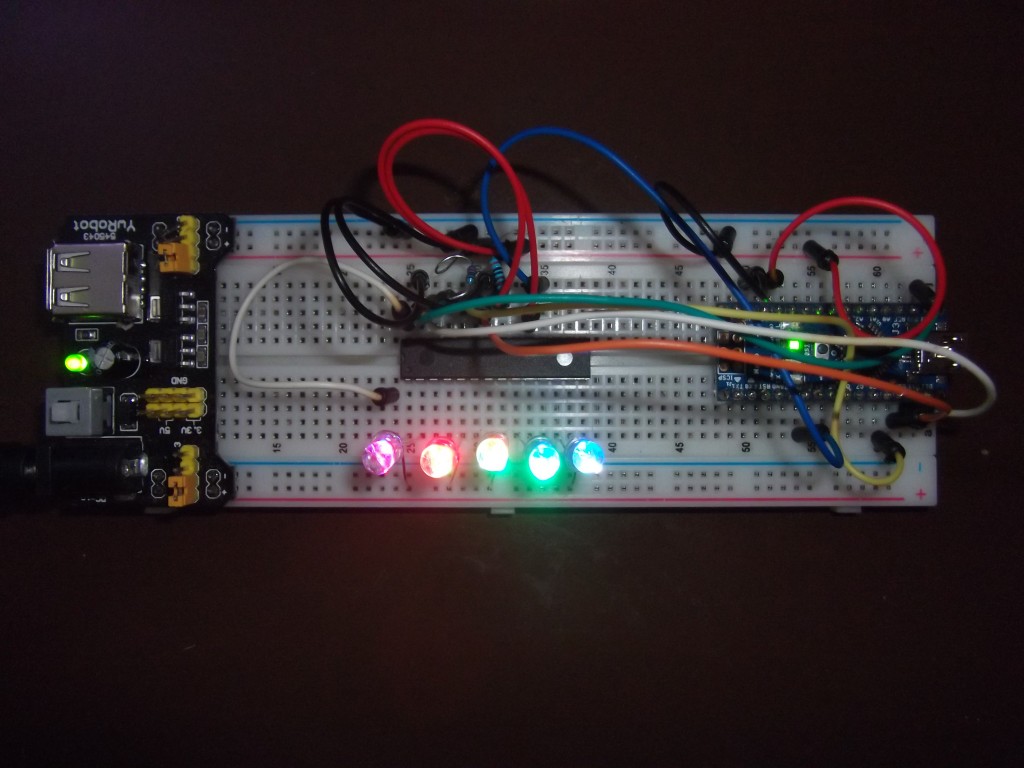
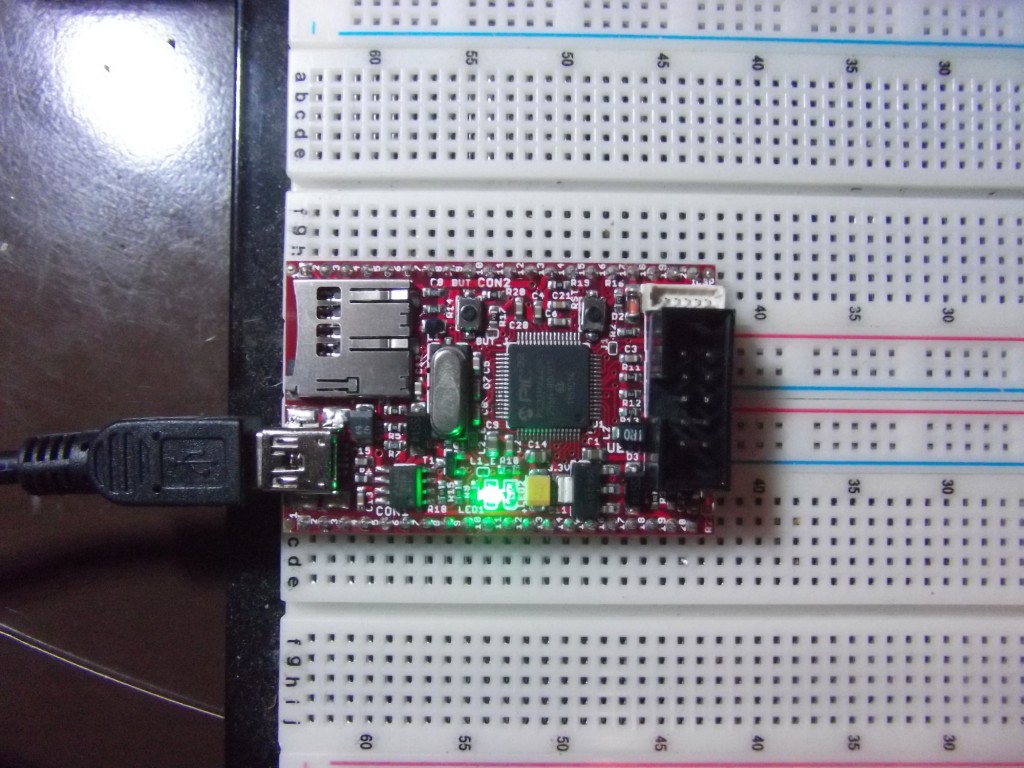
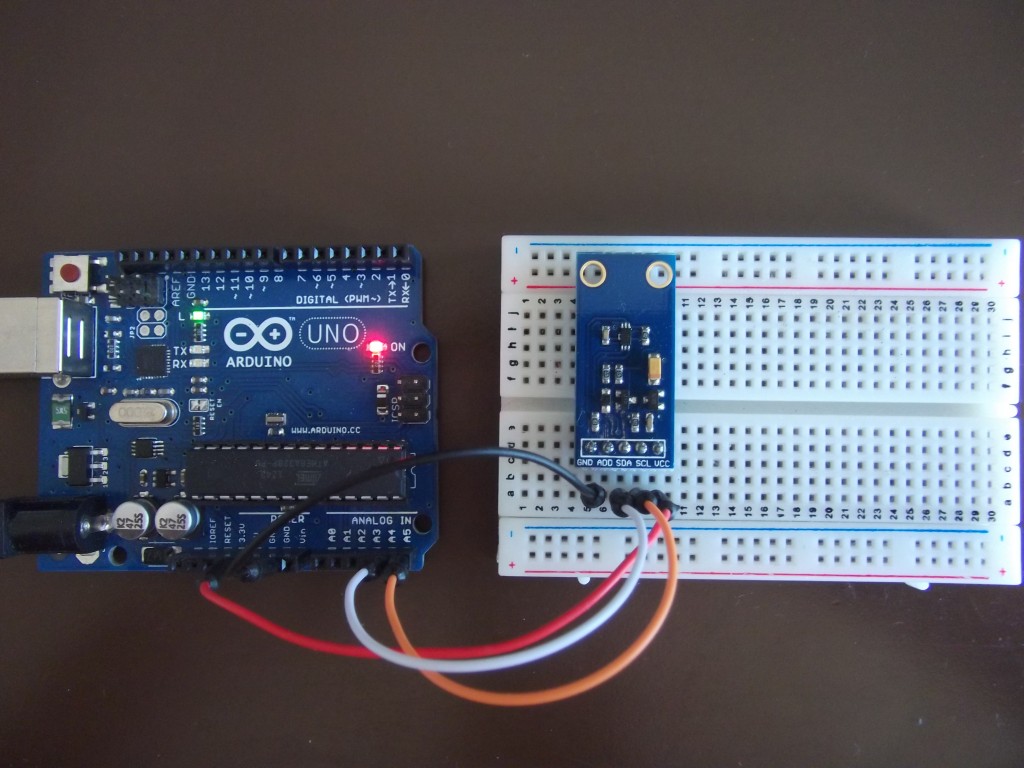
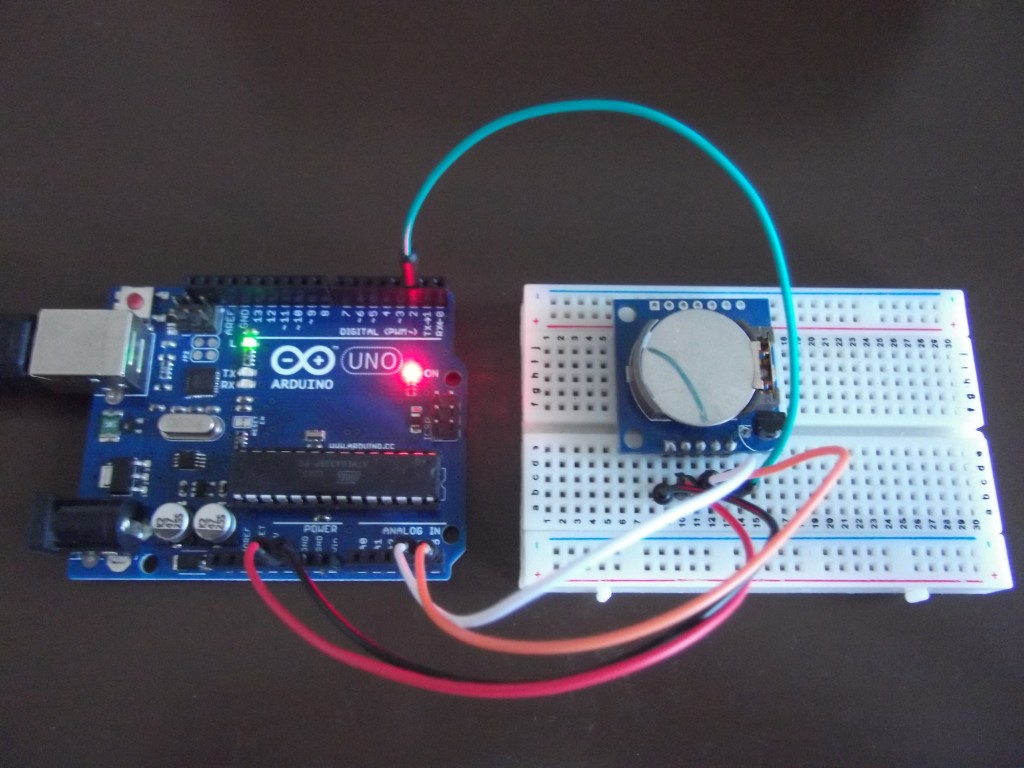

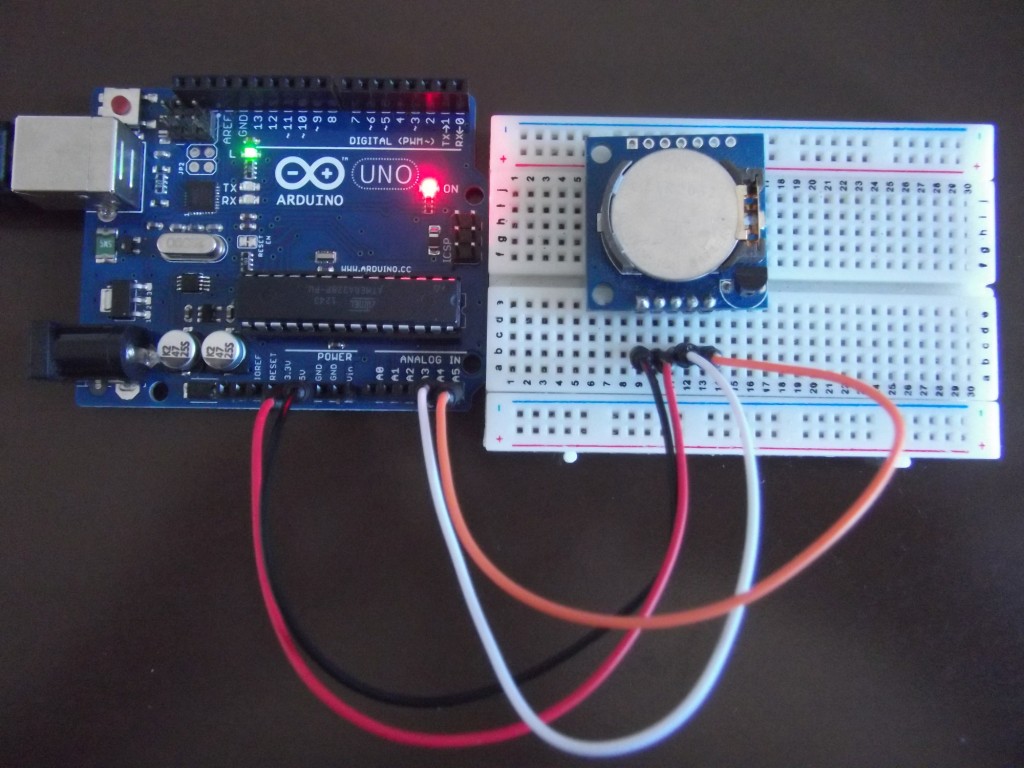
 Deutsch
Deutsch English
English